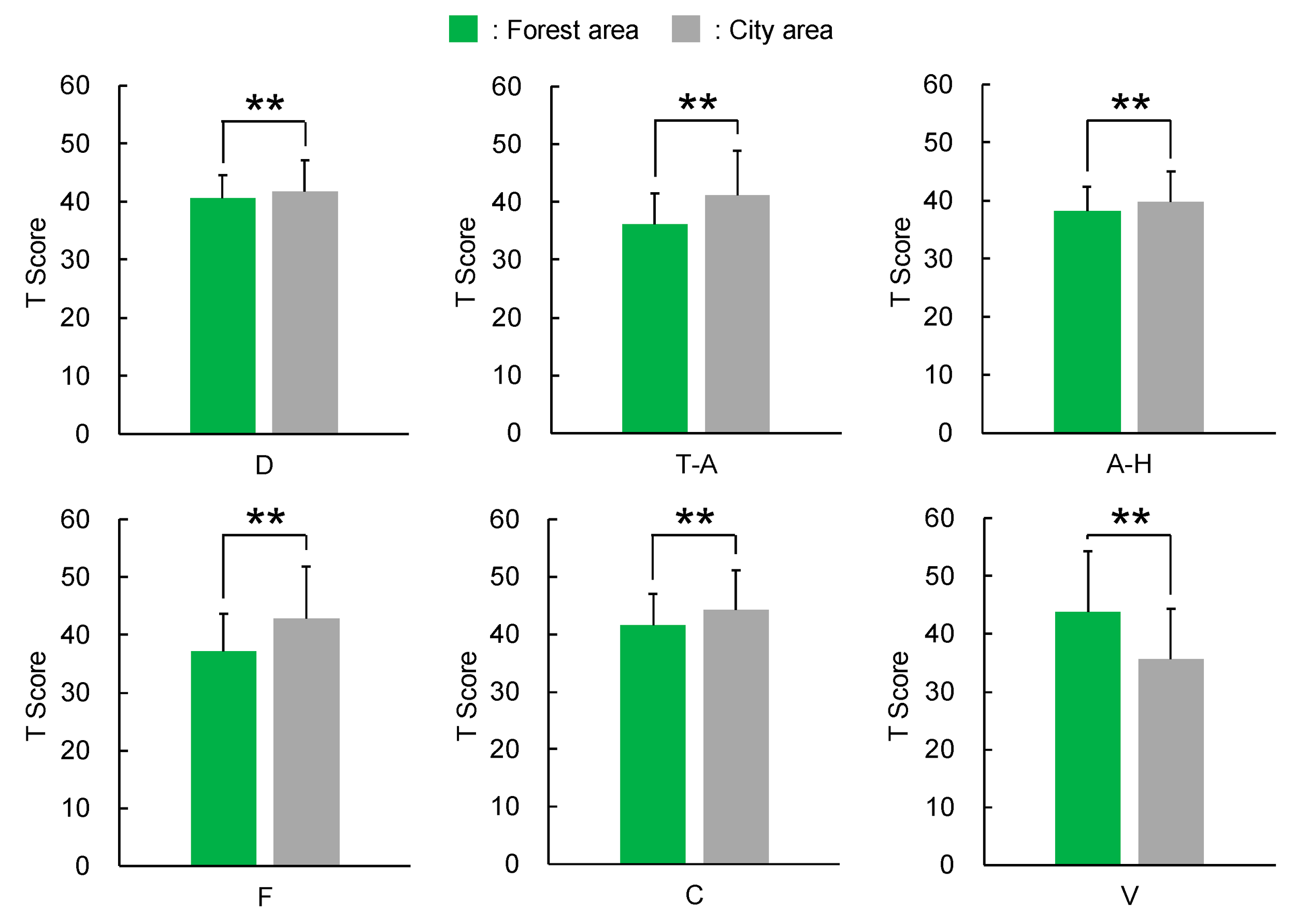Trees and Their Positivity Power
Banner photo taken during my 2019 summer trip to Yosemite National Park
A review of the article “Psychological Benefits of Walking through Forest Areas”
By Izzy Lambert
Walking among trees is good for you
The article, “Psychological Benefits of Walking through Forest Areas,” published in the International Journal of Environmental Research and Public Health in 2018 has found that even a brief walk in natural areas surrounded by trees lowered negative feelings such as “depression-dejection”, “tension-anxiety”, “anger-hostility”, “fatigue”, and “confusion” while increasing “vigor”. The authors found that individuals dealing with high anxiety characteristics had an even more significant decrease in “depression-dejection” feelings after walking in forests compared to those with lower levels of anxiety. The findings of this study could be significant in its implications for encouragement and implementation of environmental programs for the improvement of mental health for the general public, especially those with anxiety present in their daily lives.
How did they do it?
The scientists conducted the study in Japan, over a span of 8 years (2005-2013). They used cumulative data from 585 of the individuals of the 624 who participated. As for the experiment itself, the authors formed 52 groups of 12 individuals, splitting each group of twelve in half into two groups of six. Each group of six would walk in either a forest or city area for 15 minutes one day and then the groups would switch walking sites the next day and repeat the process once more in order to compare the feelings experienced from each of the areas.
Before walking, the scientists gave each person a Profile of Mood State (POMS) questionnaire with 30 questions in order to evaluate their mood before going into the experiment. The POMS questionnaire measures the participant’s level of six different types of feelings, those being, “depression and dejection (D), tension and anxiety (T-A), anger and hostility (A-H), fatigue (F), confusion (C), and vigor (V).” After walking, the authors gave the same POMS questionnaire in order to measure if there was a difference in mood experienced. Alongside this, the researchers used a State-Trait Anxiety Inventory (STAI) form in order to measure how inclined individuals were to anxiety.
What did they find?
The authors of this study found that those participants who had high inclinations toward anxiety experienced a greater decrease in “depression-dejection” compared to those with low to normal anxiety proneness when walking through forest areas. Overall, the study concludes that walking through the forest areas decreased feelings of “depression-dejection”, “tension-anxiety”, “anger-hostility”, “fatigue”, and “confusion” while increasing positive feelings of “vigor”. These results can be observed in Figure 3 to the right.
(Figure3: https://www.mdpi.com/1660-4601/15/12/2804/htm)
The implications
With increasing urbanization these findings need to be considered in urban design. The authors note some significant trends to urban living. Over half the world’s population lives in urban areas and close to 70% of the globe is expected to live in cities by the year 2050. Individuals living in cities have higher rates of health issues and are more prone to mental health issues such as mood and anxiety disorders. Those in urban areas have a 39% higher chance of experiencing a mood disorder and a 21% higher chance of experiencing an anxiety disorder. Therefore, there is a current need for increased natural environments included in city planning as it holds potential to provide greater well being for citizens in a relatively easy and cost efficient manner.
As we plan urban landscapes, we need to put more emphasis on the use of environmental programs that provide accessible hands on activities that engage the public in positive experiences with the environment. This could be accomplished through increased funding and incorporation of parks, green spaces, and tree plantings in urban neighborhoods, which in turn provides the setting for greater public engagement and environmental programs.
Rx: Interact with Nature
Both kids and adults can use these spaces in order to walk, hike, bike, etc., as well as get involved with volunteering events or organizations that are centered around conservation and the outdoors. We Plant it Forward is an example of such an organization whose activities support the preservation and restoration of natural spaces to promote public involvement and to educate about the benefits of natural resources through events such as tree giveaways, tree plantings, rain barrel workshops, and environmental education.
Interactions with nature have the potential for a positive impact on the mental health and happiness of many. Those with anxiety disorders could especially benefit from involved and engaged interactions with green spaces as it could lessen the negative and overwhelming aspects of anxiety they regularly experience.
Source:
Chorong Song, Harumi Ikei, Bum-Jin Park, Juyoung Lee, Takahide Kagawa andYoshifumi Miyazakil. “Psychological Benefits of Walking through Forest Areas.” International journal of environmental research and public health vol. 15,12 2804. 10 Dec. 2018, https://www.mdpi.com/1660-4601/15/12/2804/htm
Related Articles:
https://www.theguardian.com/us-news/2021/mar/12/baltimore-study-trees-mental-health-study
https://www.verywellmind.com/street-trees-reduce-risk-of-depression-5104753
https://news.stanford.edu/2015/06/30/hiking-mental-health-063015/


